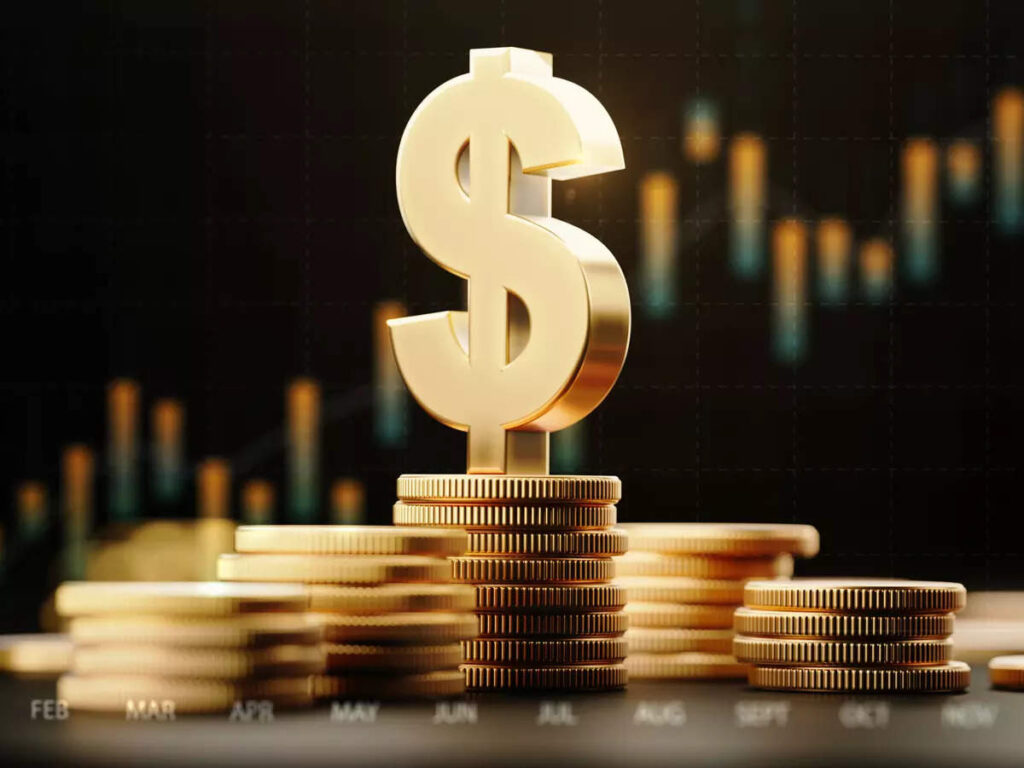US Dollar In the fast-paced world of global finance, few things are as closely watched and analyzed as the performance of the US dollar. Recently, the US dollar has been on a remarkable ascent in European trade, marking its third consecutive session of gains and scaling to a six-month high. This surge comes on the heels of the Federal Reserve’s latest meeting, which yielded significant insights into the central bank’s monetary policy and the future direction of the US economy. In this article, we’ll delve into the factors behind the US dollar’s rise, its implications for investors, and what the Federal Reserve’s decisions mean for the broader economic landscape.
The Dollar Index Reaches a Six-Month High
The US dollar index, a measure of the currency’s strength against a basket of major rivals, soared by 0.25% to reach 105.70. This marks its highest level since March, with a session low at 105.42. This surge follows a 0.2% increase in the previous session, which can directly attributed to the Federal Reserve’s meeting.
US Treasury Yields Surge
One of the driving forces behind the US dollar’s recent strength has been the surge in US 10-year treasury yields. These yields have skyrocketed to over 1.3%, hitting 16-year highs at 4.472%. This significant increase has bolstered investments in the US dollar, as higher yields tend to attract capital from around the world.
The Federal Reserve’s Stance
During the Federal Reserve’s latest meeting, it widely expected that interest rates would remain unchanged. The current rate of below 5.5% is already the highest since 2001. However, what caught the attention of market participants was the central bank’s messaging.
The Federal Reserve made it clear that the pause in interest rates is not a sign of complacency but rather a strategic move to allow recent policy decisions to take effect. Even as inflation remains persistently above the 2% target, the Fed emphasized its commitment to closely monitor data, especially labor and consumer price indices, along with global financial developments. These factors will play a crucial role in determining the central bank’s future policy decisions.
Economic Outlook and Projections
The Federal Reserve’s economic outlook report, released alongside its meeting, contained some significant modifications. Growth projections for this year have revised upward from 1.0% to 2.1%, reflecting a more optimistic view of the US economy. Similarly, growth forecasts for 2024 have raised to 1.5%, and for 2025, they stand at 1.8%.
Inflation forecasts have also been revised upwards, with total inflation expected to reach 3.3% this year, followed by 2.5% next year, and 2.2% in 2025. Core inflation, which excludes volatile items like energy prices, is projected to be 3.7% this year, 2.6% next year, and 2.3% in 2025.
The Federal Reserve has maintained its target interest rate at 5.75%, sending a strong signal of another potential interest rate hike later this year. Fed Chair Jerome Powell emphasized that the battle against inflation is a long-term endeavor and that interest rates are likely to remain elevated for an extended period to combat rising prices.
Jerome Powell’s Perspective
Fed Chair Jerome Powell provided insights into the central bank’s thinking, stating that another interest rate hike is unlikely to have a substantial negative impact on the economy but will be instrumental in bringing inflation closer to the 2% target. Powell expects inflation to reach the 2% target by the end of 2025, while acknowledging that it will remain above 3% this year.
Importantly, Powell highlighted the Fed’s focus on core inflation, which is a more stable indicator of price movements, as it excludes the volatility of energy prices. This underscores the central bank’s commitment to maintaining price stability in the face of uncertain economic conditions.
Conclusion
In conclusion, the recent rise of the US dollar in European trade is a result of a confluence of factors, including soaring US treasury yields and the Federal Reserve’s carefully calculated stance on interest rates. While this ascent may present opportunities for investors, it also underscores the central bank’s unwavering commitment to tackling inflation and fostering economic stability.
Frequently Asked Questions
- Why is the US dollar rising in value? The US dollar’s recent rise can be attributed to surging US treasury yields and the Federal Reserve’s cautious approach to interest rates, which has attracted global capital.
- What are the implications of higher US treasury yields? Higher yields make US assets more attractive to investors, leading to increased demand for the US dollar.
- How does the Federal Reserve view inflation? The Federal Reserve acknowledges that inflation is currently elevated but remains committed to maintaining price stability over the long term.
- What are the revised economic outlook and growth projections by the Federal Reserve? The Federal Reserve has revised upward its growth projections for the US economy, signaling increased optimism.
- What is core inflation, and why is it important to the Federal Reserve? Core inflation excludes volatile items like energy prices and provides a more stable measure of price movements, aligning with the Fed’s goal of price stability.

